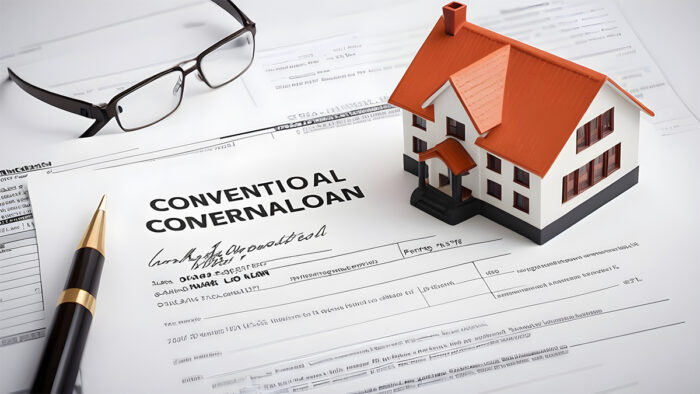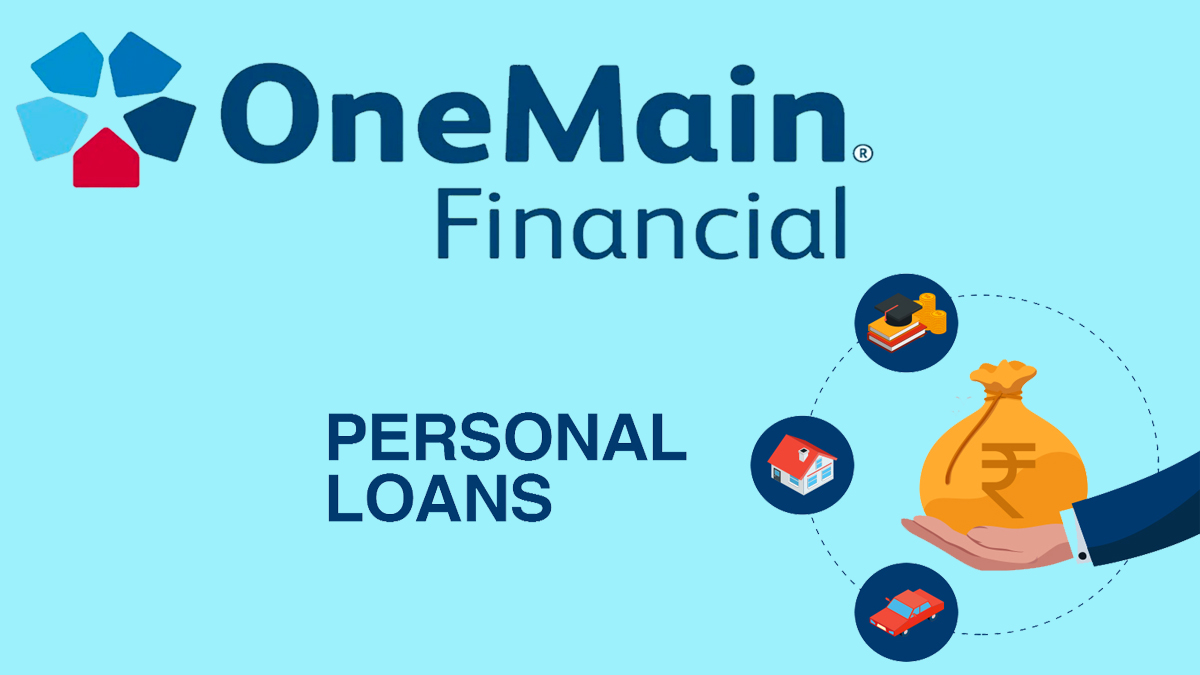There is no doubt that when you look around for mortgages you can use to buy a home, you will come across a wide range of options, and conventional loans are one of them. Besides, they are quite common and accessible through different mortgage lenders. But what is a conventional loan, exactly? Everything you wish to learn about this type of mortgage is available in this guide.

What is a Conventional Loan?
A conventional loan, also known as a conventional mortgage, is a loan that is backed and accessible through a private-sector lender. In other words, it is not backed by a government agency, and it is available in various sizes and shapes.
Apart from this, conventional loans are the most common type of mortgage loan, even though they do not offer benefits like USDA, FHA, and VA loans. But if you are interested in buying a house, knowing the meaning of conventional loans doesn’t make it the best option for you. This means you need to learn more before considering it.
Types of Conventional Loans
As mentioned previously, conventional loans come in different types and sizes. In this section, you will discover the various types of conventional mortgages. So, here are some conventional loan types that you can consider if you are eligible:
• Adjustable-rate mortgages (ARMs)
These loans offer an initial fixed interest rate for a specified period, typically 5, 7, or 10 years, after which the rate adjusts periodically based on market conditions. Borrowers often benefit from lower initial rates but should be prepared for potential fluctuations in monthly payments.
• Conforming loans
Conforming loans conform to the loan limits established by Fannie Mae and Freddie Mac. They typically offer favorable interest rates and terms for borrowers who meet certain criteria, such as a credit score and a down payment. These loans are considered less risky for lenders because they conform to established guidelines.
• Fixed-rate mortgages
With fixed-rate mortgages, the interest rate remains constant throughout the entire term of the loan, providing predictability for borrowers in terms of monthly payments. These loans offer stability and are popular among those seeking long-term financing.
• Non-conforming loans (Jumbo Loans)
Non-conforming loans, also known as jumbo loans, exceed the conforming loan limits set by Fannie Mae and Freddie Mac. They are suitable for financing higher-priced properties and may have stricter eligibility criteria and higher interest rates compared to conforming loans.
• Portfolio loans
Portfolio loans are conventional loans held by the lender rather than being sold on the secondary market. Lenders may offer more flexibility with underwriting criteria for portfolio loans, making them suitable for borrowers who may not qualify for traditional conforming loans.
• Low-down payment options
Some conventional loans offer low-down payment options, allowing borrowers to purchase a home with a smaller upfront payment. These programs often require private mortgage insurance (PMI) to mitigate the lender’s risk due to the lower down payment.
• Amortized conventional loans
Amortized conventional loans are structured so that borrowers make regular payments consisting of both principal and interest over the loan term. As payments are made, the loan balance decreases until it is fully paid off at the end of the term.
• Subprime loans
Subprime loans are conventional loans offered to borrowers with poor credit history or higher risk profiles. These loans typically come with higher interest rates and fees to compensate for the increased risk to lenders.
• Nonqualified mortgages
Nonqualified mortgages (non-QM) are conventional loans that do not meet the Qualified Mortgage (QM) criteria set by the Consumer Financial Protection Bureau (CFPB). These loans may have features such as interest-only payments, balloon payments, or higher debt-to-income ratios, making them riskier for lenders and potentially more expensive for borrowers.
However, keep in mind that these conventional loan types have different requirements for qualification. Thus, you need to be qualified and meet the requirements to be approved for any of these types of loans.
How Does It Work?
As said earlier, conventional loans are not backed by the federal government, unlike VA, USDA, or FHA loans. Instead, they are backed and managed by private mortgage lenders like credit unions, banks, and other financial institutions. In addition, conventional mortgages are divided into conforming and nonconforming loans.
But it depends on whether they abide by the guidelines created by the Federal National Mortgage Association and the Federal Home Loan Mortgage Corporation (Fannie Mae and Freddie Mac).
Nonetheless, here is how conventional loans work. First of all, you need to meet the requirements and eligibility criteria.
Secondly, choose a loan term and provide the required documentation. Lastly, complete the loan approval process and wait for the underwriting and processing processes to be complete.
Pros and Cons
Before choosing any type of conventional loan, you need to weigh these elements carefully to find out if it is worth the risk. Hence, before you choose a conventional mortgage, here are some of the benefits and disadvantages of taking out this type of loan:
Pros
- There are no upfront government fees.
- Higher loan limits.
- Lower total borrowing costs.
- Competitive mortgage insurance rates.
- Various loan terms.
- You can waive the PMI.
- Lower down payments.
Cons
- Stringent debt-to-income ratios.
- Higher interest rates, especially for borrowers with low credit scores.
- Strict credit requirements.
- PMI required.
- Uncompromising inspection and appraisal.
- High down payment.
Now that you know the advantages and disadvantages of a conventional loan, compare and consider these factors against your goals and financial situation to find the best option for you.
How to Qualify for a Conventional Loan
Qualifying for a conventional loan typically requires meeting certain criteria set by lenders. Here are the general steps and factors involved:
- Good Credit Score: Lenders typically look for a credit score of 620 or higher. However, to get better interest rates, a score above 740 is preferred.
- Stable Employment and Income: Lenders prefer borrowers with a steady job history and reliable income. Typically, they look for at least two years of consistent employment.
- Low Debt-to-Income Ratio (DTI): Your DTI ratio, which is the percentage of your monthly gross income that goes toward paying debts, including mortgage payments, should be below 43%. The lower, the better.
- Down Payment: While conventional loans may require a down payment as low as 3%, a larger down payment (e.g., 20%) can help you avoid private mortgage insurance (PMI) and improve your loan terms.
- Documentation: Be prepared to provide documentation of your income, employment history, assets, and any debts. This may include pay stubs, tax returns, bank statements, and other financial records.
- Property Appraisal: The property you’re purchasing must meet the lender’s standards and be appraised at or above the agreed-upon purchase price.
- Reserve Funds: Some lenders may require you to have reserve funds, typically enough to cover several months’ worth of mortgage payments, in case of financial emergencies.
- Interest Rates: Your interest rate will depend on various factors, including your credit score, down payment, loan amount, and market conditions.
It’s essential to shop around and compare offers from multiple lenders to find the best terms and rates for your situation.
How to Apply for a Conventional Loan
Applying for a conventional loan or conventional mortgage is not a daunting task, especially if you have the right procedure to follow. Even though this requires multiple steps, you can successfully apply for or take out this loan type with ease using this guide. So, here is what you need to do:
- Review your credit score.
- Check your financial situation.
- Prepare the required documentation.
- Shop around for lenders.
- Get pre-approved.
- This will help you find out how much a lender can give you.
- Look for a house and make a proposal.
- Finish up your loan application.
Once this is complete, the lender will ask for a home appraisal to make sure the property has value. After the appraisal is complete, you can now close the loan.
How Long Does It Take to Be Approved?
Once you apply for and submit your application for a conventional loan, it will take between 30 to 45 days to be approved on average. This is because your loan files will undergo underwriting and processing as the lender goes through your financial documentation carefully to determine your creditworthiness.
FAQs
How do conventional loans differ from government-backed loans?
Conventional loans are not insured or guaranteed by the government, whereas government-backed loans are. This means that conventional loans may have stricter qualification requirements but can offer more flexibility in terms of loan amounts and property types.
What are the down payment requirements for a conventional loan?
Conventional loans typically require a down payment of at least 3%, but a larger down payment can help borrowers secure better terms and avoid private mortgage insurance (PMI).
Can I use a conventional loan for investment properties?
Yes, conventional loans can be used to finance primary residences, second homes, and investment properties, although the requirements and terms may vary depending on the property type.
What is private mortgage insurance (PMI), and how does it affect conventional loans?
PMI is insurance that protects the lender in the event that the borrower does not repay the loan. It is typically required for conventional loans with a down payment of less than 20%. And it adds an additional cost to the monthly mortgage payment until the borrower reaches 20% equity in the home.



